Are you adding Arborvitae to your landscape? Great choice. These coniferous trees bring a green accent or blanket to the scenery all year round. There are varying types of Arborvitae to choose from, so you're sure to find the right one for you. With your tree picked out, one of the first care aspects to dive into is planting distance. So, how far apart should you plant arborvitae? We brought you the answer.
Here is a list of the most common Arborvitae and their recommended planting distances:
- Eastern: 2-4 feet apart
- Giant: 3-5 feet apart
- Japanese: 5 feet apart
- Korean: 6-10 feet apart
- Sichuan: 8-10 feet apart
Planning out your space ahead of time is crucial to allow your tree to flourish. In this article, we will discuss each type of Arborvitae and how much space needs to be between them to promote healthy, happy living. Read on as we discuss why your tree needs this space and break down what happens to Arborvitae that are planted too close.
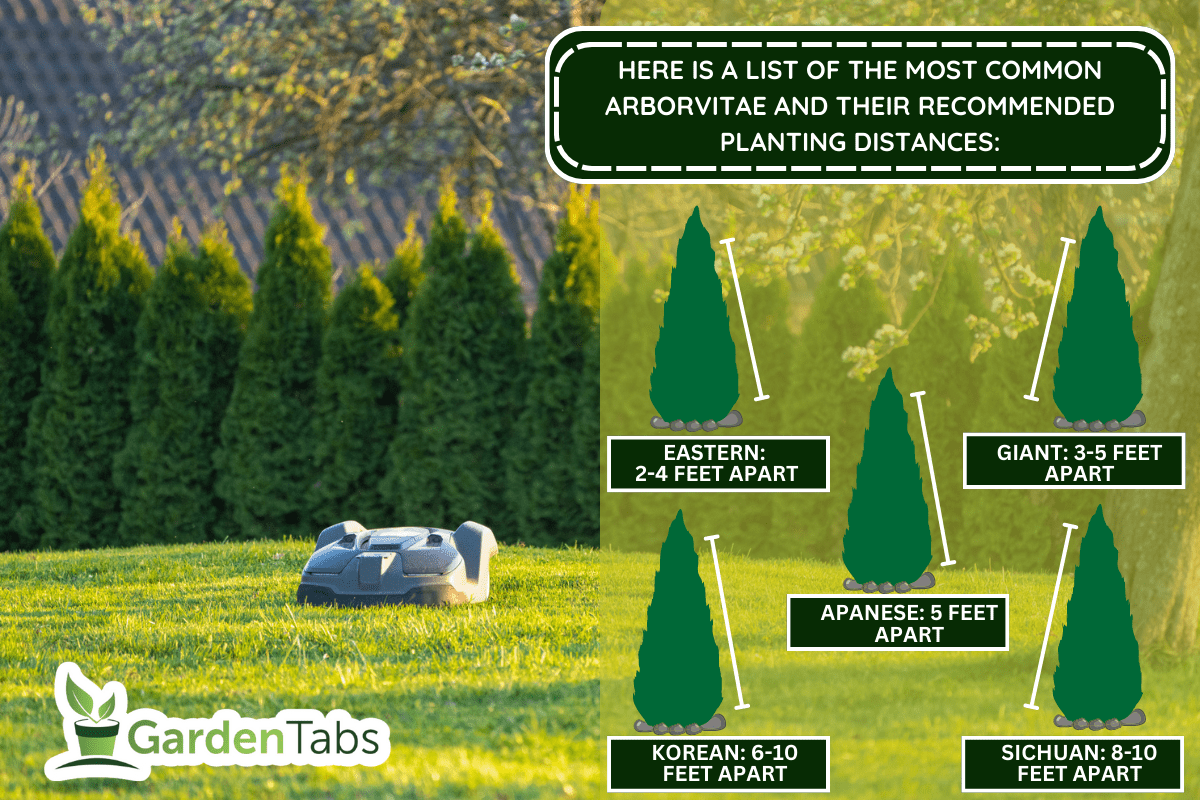
What Factors Affect The Distance Needed Between Arborvitae?
Improper spacing is one of the most common mistakes when planting Arborvitae. If you are using these trees to create a living fence, you may be tempted to put them very close to another. There is such a thing as too close, though, so you need to be mindful about your species space needs.
If you are using Arborvitae to create a fence, then you can stick to the low end of the space recommendations, typically 2-5 feet. If you want stand-alone trees that do not touch, shoot for more space between one another.
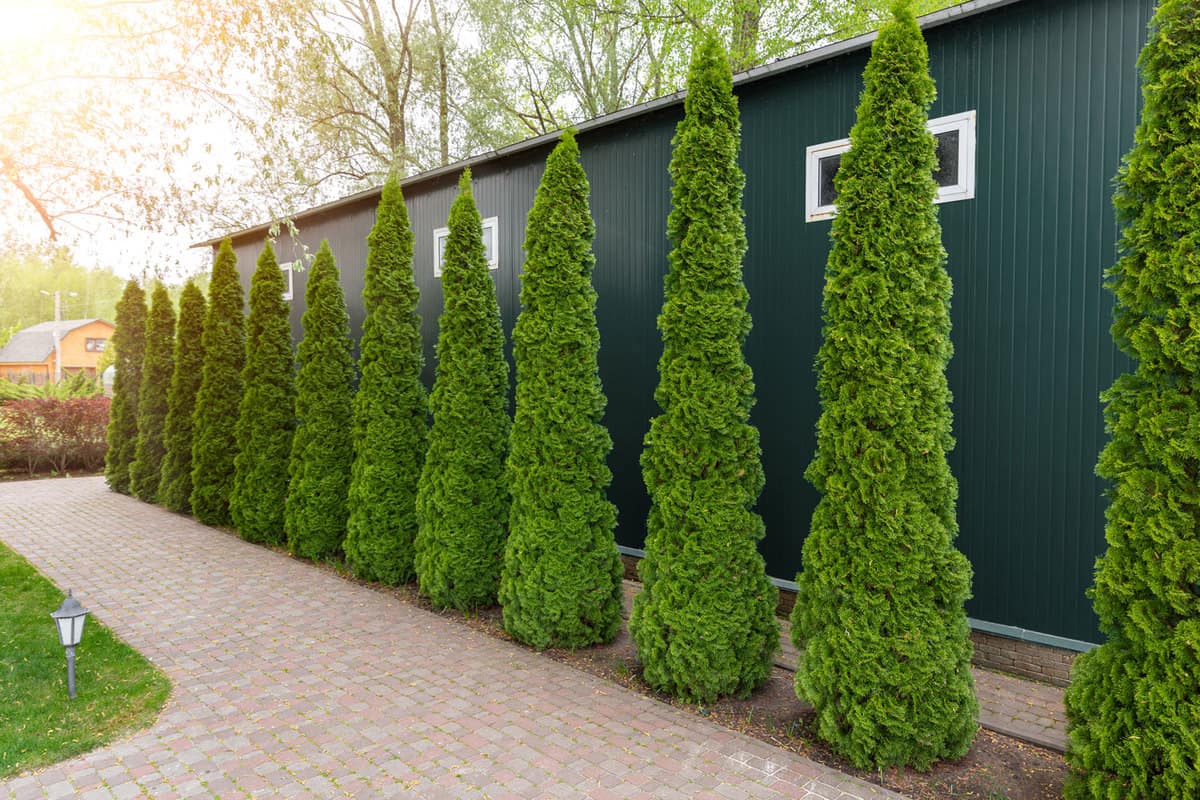
Are you wondering what factors are considered when deciding on the recommended distance between Arborvitae? Factors include the width of the tree's trunk when matured and the shape of the species of tree you picked out.
When planting a young tree, imagine how wide and tall this tree will be as an adult. You need to plant all Arborvitae with their mature sizes in mind. If you are planting a mature tree, the answer to the space needed is right in front of you.
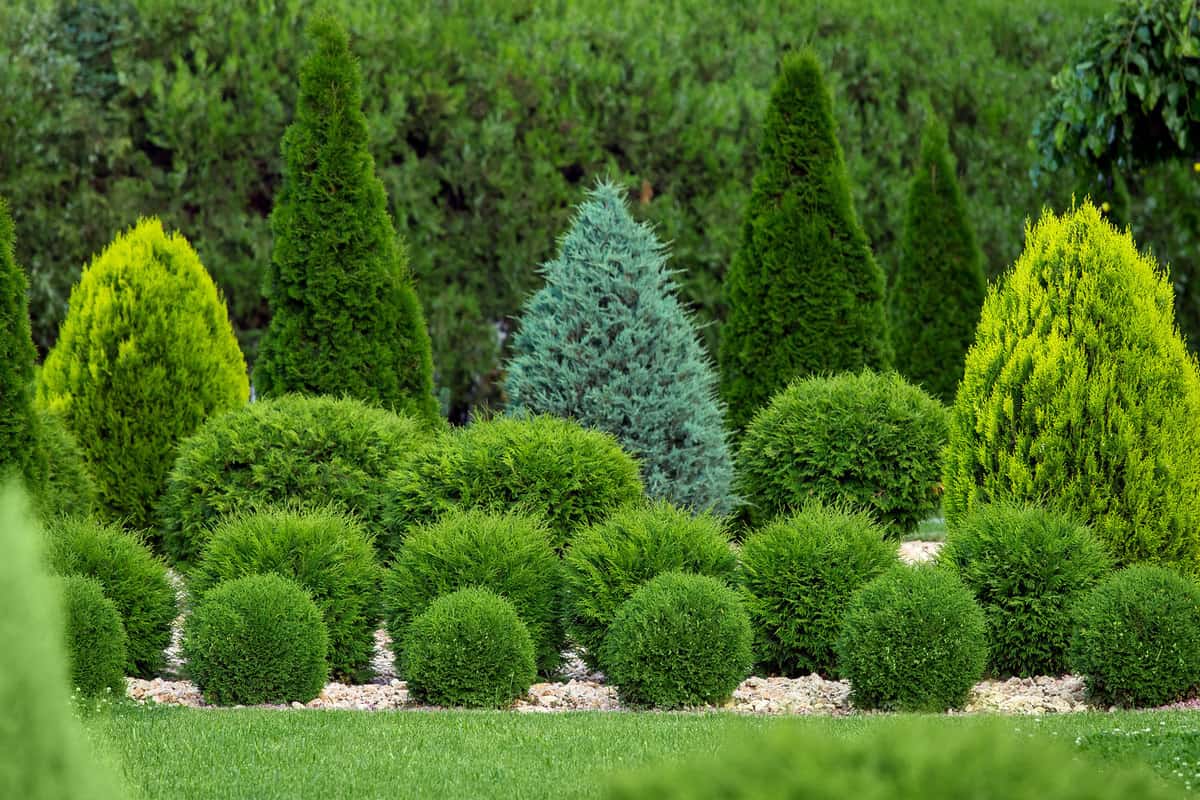
The shape of your Arborvitae may be rounded or pyramidal, and certain species grow much taller than others. You can also seek compact growers versus wide growers to decrease the need for annual shearing. These factors need to be considered when planting Arborvitae side by side as well as rows that will be in front or behind one another.
Learn more in this post: How Big Do Arborvitae Get? [By Type Of Arborvitae]
What Are Arborvitae Used For?
It is common to see Arborvitae utilized as a living privacy fence. These thick hedges can provide protection and a beautiful screen to block views of the road and neighbors. These trees are a great option for lining driveways or paths as well. Arborvitae are perfect for these jobs because they grow exceptionally fast and require little maintenance.
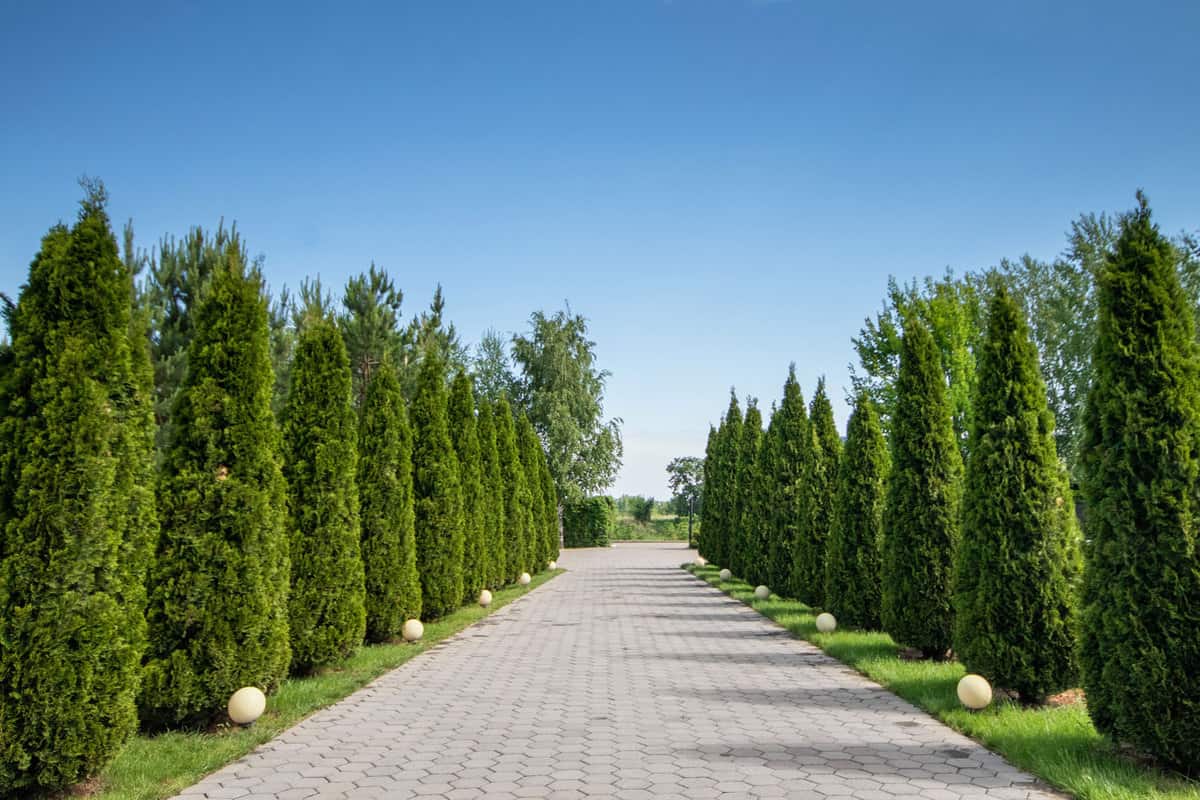
Maybe you just enjoy the look of Arborvitae. These trees also make a great accent or focal point for any garden or yard. You can utilize the natural shapes these trees come in or get creative with your shearing to create an eye-catching look.
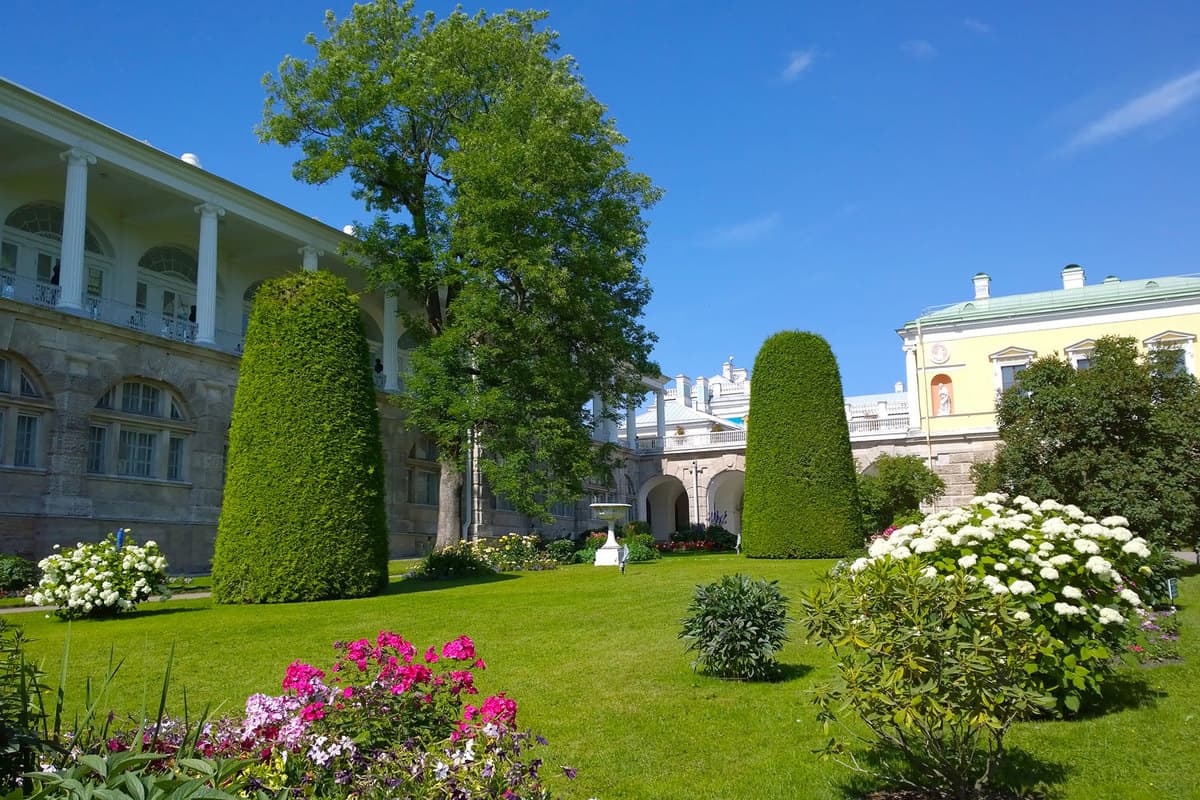
On top of being a top choice for aesthetics, Arborvitae have some practical uses. After all, the name “Arborvitae” translates to “tree of life” in Latin. The oil from these trees is still used today for medicinal purposes and the lumber has been utilized for wooden structures, such as posts. Branches are even used as good luck charms in some cultures.
What Happens If You Plant Arborvitae Too Close?
The soil your trees are planted in offers a finite number of minerals, vitamins, and other resources. When trees or plants are too close to one another, they compete for these resources. In competition, one plant will win, leaving the other with unmet needs, ultimately stunting their growth or killing them.
It isn't just planting too close to one another that you need to worry about. Planting too close to sidewalks, utilities, driveways, and other structures can also prevent or stunt growth. When planning out your landscape, ensure your tree is being planted half of its mature width away from these constructs.
What Should You Plant Next To Arborvitae?
Finding companion plants for your Arborvitae can make for interesting garden designs while also building harmonious relationships between plants in the garden. When choosing what to go next to your Arborvitae, consider the size, growth rate, and maintenance of these plants.

Plants that you should plant next to your Arborvitae include:
- Woody ornamental plants
- Hydrangea
- Forest Pansy
- Blue Holly
- Daylilies
- Coral Bells
- Grasses/Other Perennials
As you can see, there are quite a few options to choose from when finding a partner for your Arborvitae. This is just a small list, and there is much more to experiment with. Experienced gardeners may even find tropical plants to accommodate these trees, but the majority of plants that go well with Arborvitae will be plants that are found in USDA Hardiness Zones 3-9.
How Long Does It Take Arborvitae To Establish?
A staple of Arborvitae is how fast they grow. An established tree is defined as a tree whose root spread is equal to the above-ground canopy. How long exactly does it take for Arborvitae to establish? A good rule of thumb for trees is it takes one year per inch of the diameter of the trunk to become completely established.
In the case of Arborvitae, they typically become established after 1-3 years depending on the species. Arborvitae typically grow 1-2 feet per year and once they are established, they continue to grow 6-9 inches per year. Even after being established, Arborvitae won't reach their full height for a few more years to come.
Learn more in this post: How Long Do Arborvitae Live? [By Type]
How Do You Speed Up Arborvitae Growth?
If you are setting up a new garden or landscape, you are probably eager to get your plants growing as fast as possible. While Arborvitae already grow quickly, there are some tricks and tips to get them growing even faster. Following the recommended planting distance is actually one of these tips. Let's take a closer look at the other methods.
Ideal Planting Times
Planting at the wrong time of year can actually slow the growth of your Arborvitae significantly. Mid-summer is the worst time to plant due to the heat and dry weather. Planting right when Summer ends and before cold weather hits is the ideal planting time.
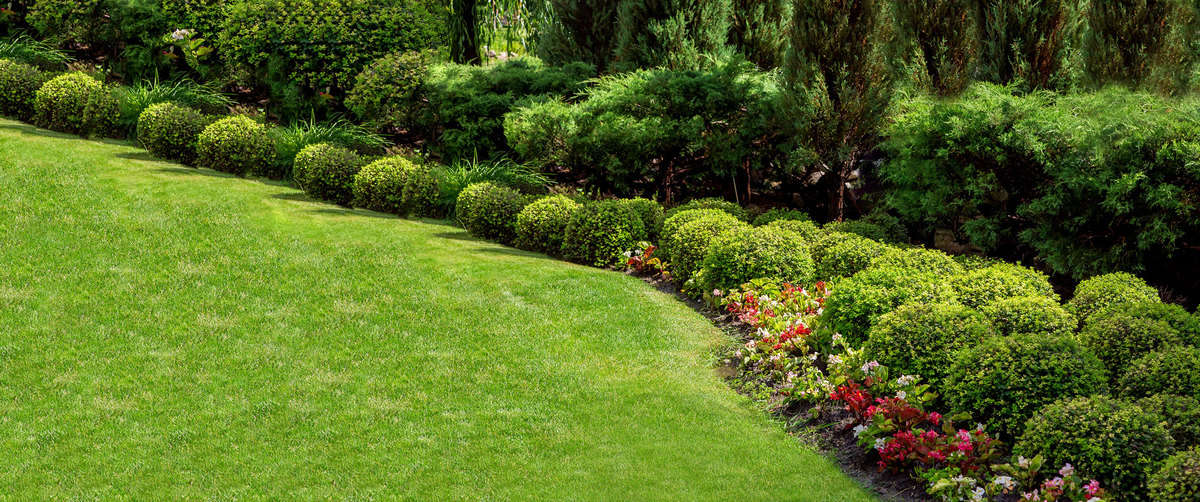
Soil
While Arborvitae are hardy and tolerable of changing conditions, they do have preferences. To speed up the growth of your tree, plant them in acidic soil. If a soil test shows an alkaline or neutral pH, you can add nutrients in the form of fertilizer before planting your tree.
Winter Care
Arborvitaes are popular for their ability to stay green through the winter months. They do require some care, and their growth benefits greatly from the efforts. Removing snow and ice that build up on the branches and at the base of the tree will decrease damage and chances of disease. You can also consider wrapping your Arborvitae in the winter to protect them from damage.
Learn more in this post: Should You Wrap Arborvitae For Winter?
Water Requirements
Ensuring your Arborvitae is getting enough water is simple, but it is so important. Especially in the first year after planting, you want to be getting sufficient amounts of water to your tree. Watering manually each day can help you soak your Arborvitae thoroughly in their first season. During this time, do not let the soil dry out, as a period of drought can negatively impact the growth of your tree.
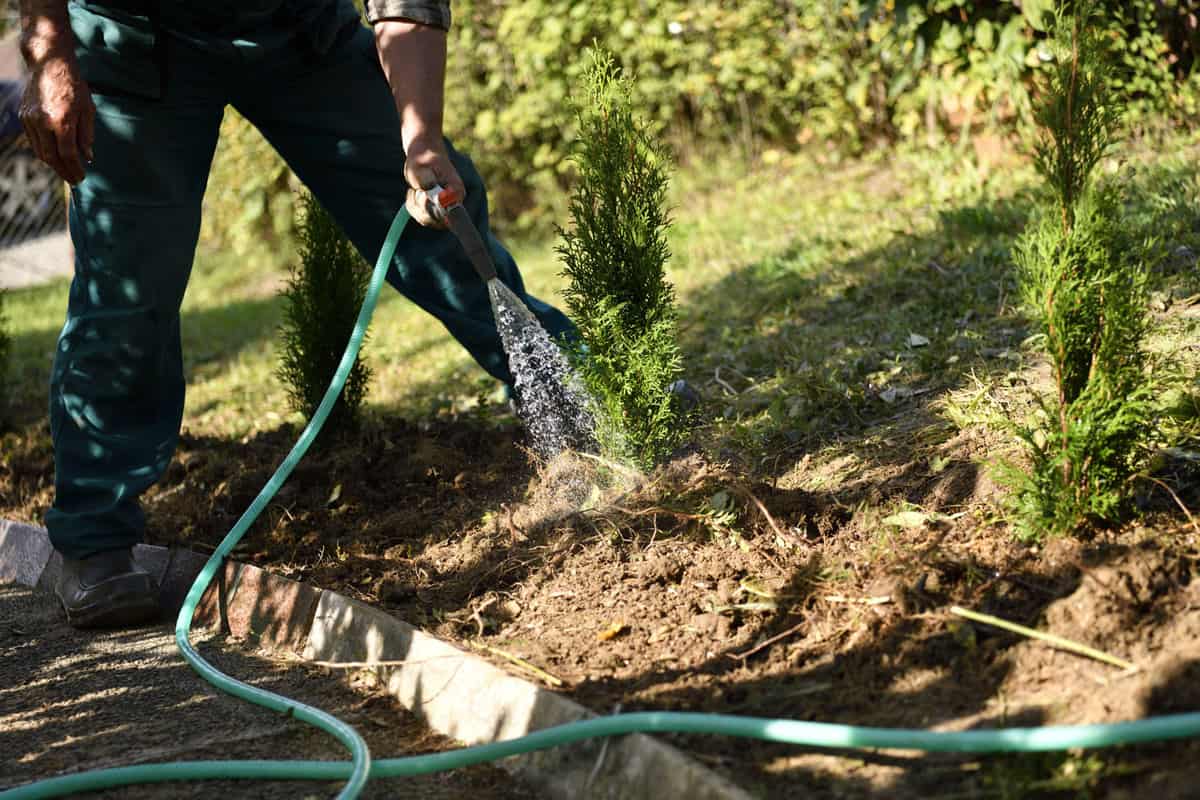
Read more in this post: How Fast Do Arborvitae Grow?
In Closing
Most Arborvitae need to be planted at least 2-3 feet apart. This is the recommended distance even when aiming for a privacy fence. If you are questioning how much distance your specific tree needs, look at the expected diameter of the trunk of your matured tree. This diameter is the best characteristic to base your distance on.
Keep in mind that Arborvitae need to be appropriately spaced from one another as well as other structures to ensure they have enough space and get enough nutrients from the environment. We hope you found this article helpful when planting your Arborvitae. Happy gardening!
![How Far Apart To Plant Arborvitae [By Type]](https://gardentabs.com/wp-content/uploads/2023/12/How-Far-Apart-To-Plant-Arborvitae-By-Type_1-1.jpg)
